After several weeks of confinement, invite your students to discover a botanical garden, listen to the birds, or explore a wooded area through a virtual tour.
The COVID-19 pandemic we are living through is a milestone in the history we keep writing. It is an event that demands from us as teachers to apply disruptive practices in their learning that help students continue their studies through distance education. One advantage that we have is that we are experiencing the age of technology where the unimaginable becomes possible. The resources and possibilities that technology provides us are endless. One of them comes to our rescue: augmented reality.
Augmented reality has great potential for pedagogical applications with positive effects on the teaching of science, for example, the comprehension of conceptual knowledge, the development of research-based-learning, scientific argumentation, spatial skills, and laboratory work. This technology can be leveraged to develop active classes that link learning to reality while developing technological competencies in students.
“The objective of the project is unifying scientific concepts so that students realize that the sciences are not discrete subjects but are interspersed throughout our environment.”
Imagine that after several weeks of quarantine, online classes, assignments, and collaborative activities, you and your students take a break and ‘go out’ to experience a botanical garden, listening to the birds, walking through the water curtain of a dam, or having a look around a forested area, using augmented reality.
Augmented reality for the teaching of science
We introduce you to POINT AR NOVUS, an augmented reality space for science education. It is a repository of images in a 360-degree format, which are divided into scenes having ecological importance for our entity, San Luis Potosí, Mexico. Examples include the Sierra de Alvarez, a mountainous strip situated one hour from the Potosina capital, the Botanical Garden, “El Izotal,” with a collection of more than 1500 species of local and national cacti, the urban park, “The San Jose Dam Walk,” among others.
Each ecological scenario is hosted on the virtual tour platform RoundMe. You can access it from the Community search option in POINT AR NOVUS or access it directly using this link. In your class, you can use the virtual ecological tours discussed in this article. Each of them presents “information points” with three options that you can use as follows:
-
Trigger questions for class discussion. These questions seek to internalize the students’ scientific learning. You can try a new topic or do a closing reflection of one.
-
Share scientific data. The lead-in, “Did you know that…?” displays interesting scientific data. With this, you can broaden and improve the learning experience of the student seeking to contextualize the learning so that the topic studied does not remain an isolated phenomenon.
-
Activities in their real contexts. The activities proposed in each of the scenarios have a short introduction that reviews the topic seen in class. Subsequently, the instructions of the work to be performed are presented as if it would be an investigation, interview, or questionnaire. These were planned to take into account the scientific content of the subject and linking it to what the student lives day by day.
-
Evaluation of activities. A general rubric is included that serves as a guide for the teacher when grading and students when doing their course work.
It is noteworthy that you do not need to use special viewers for augmented reality, you can manipulate the images from your computer or download the RoundMe app on your tablet, available for Android or iOS.
POINT AR NOVUS is an augmented reality space that was designed based on current curricula in the subjects Biology and Chemistry for higher middle education. It also includes activities and information that can be used in subjects such as ecology, geography, sustainability, mathematics, physics, and others.
POINT AR NOVUS is an educational innovation project supported by the NOVUS Fund of Tecnológico de Monterrey in its 2018 edition. It was implemented with the idea of unifying scientific concepts so that students realize that the sciences are not discrete subjects but are interspersed throughout our environment. We have used POINT AR NOVUS for three semesters in preparatory high school classes, with first and second-year students having positive results in terms of employing technology to deepen the knowledge acquired.
It is a user-friendly resource that is highly adaptable because, in just one image, the teacher can select what activities to assign based on the class objectives. The resources are free and available to explore and use.
So, give your students a break and share with them the opportunity to learn by exploring!
About the authors
Brenda Verdugo González (brenda.verdugo@tec.mx) has a Ph.D. in Chemical Engineering. She is a high school teacher on the San Luis Potosí campus of Tecnológico de Monterrey in Mexico.
Priscila Lara Juárez (priscila.lara@tec.mx) has a master’s degree in Environmental Sciences. She is a high school teacher on the San Luis Potosí campus of Tecnológico de Monterrey.
Editing by Rubí Román (rubi.roman@tec.mx) – Observatory of Educational Innovation.
Translation by Daniel Wetta.
This article from Observatory of the Institute for the Future of Education may be shared under the terms of the license CC BY-NC-SA 4.0 
)
)
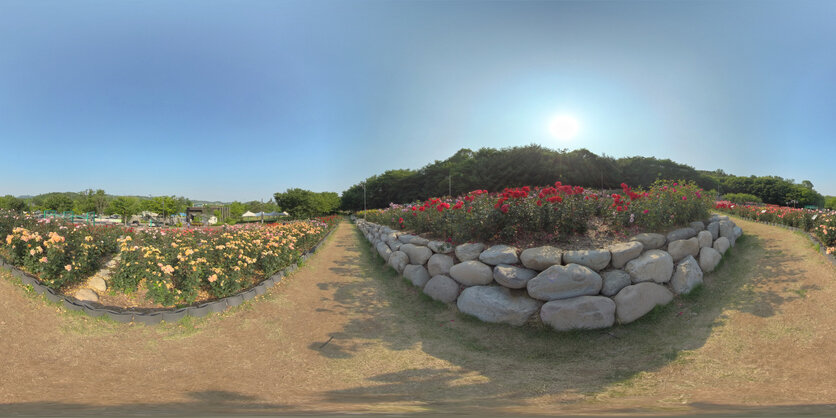
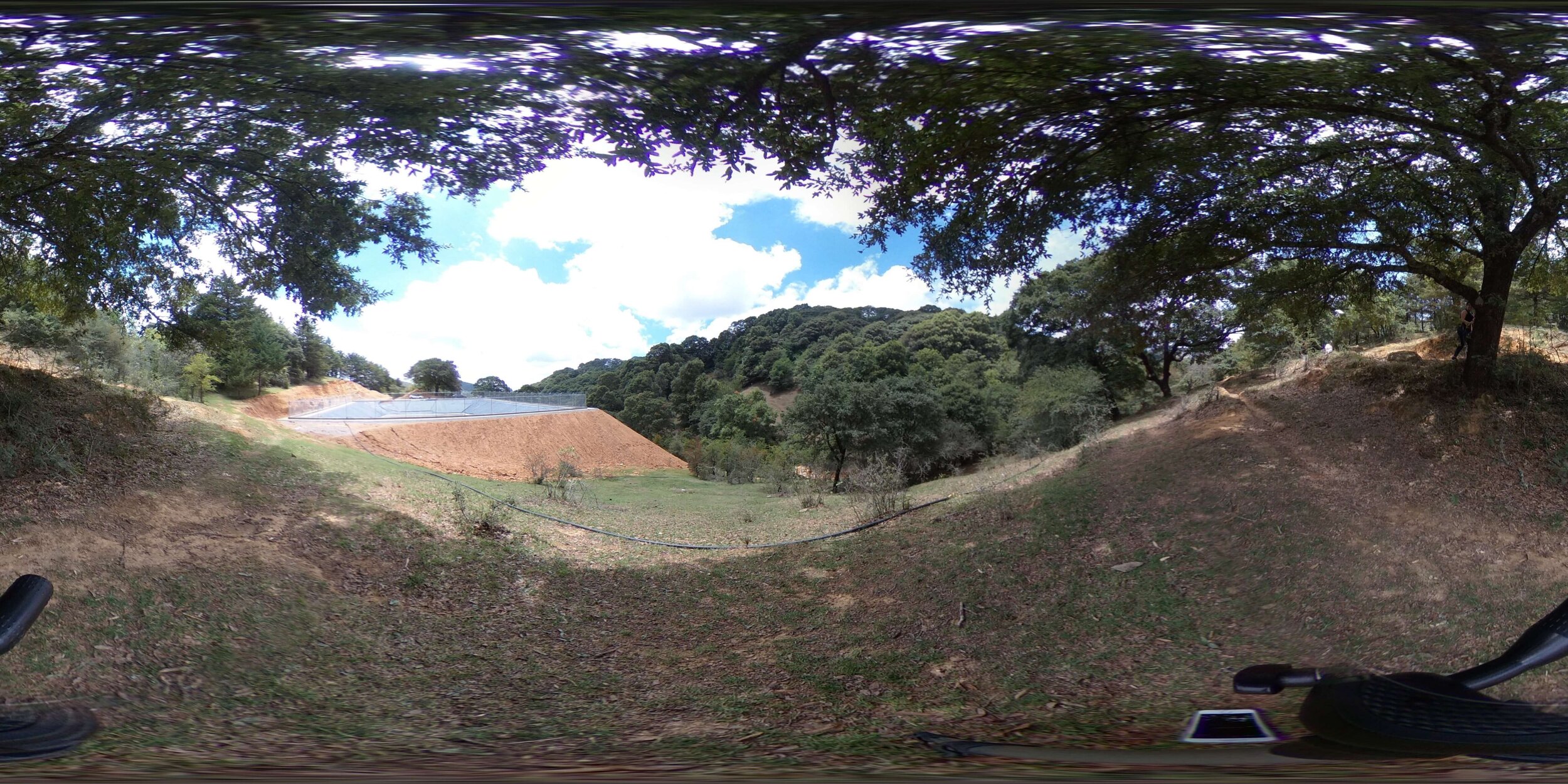
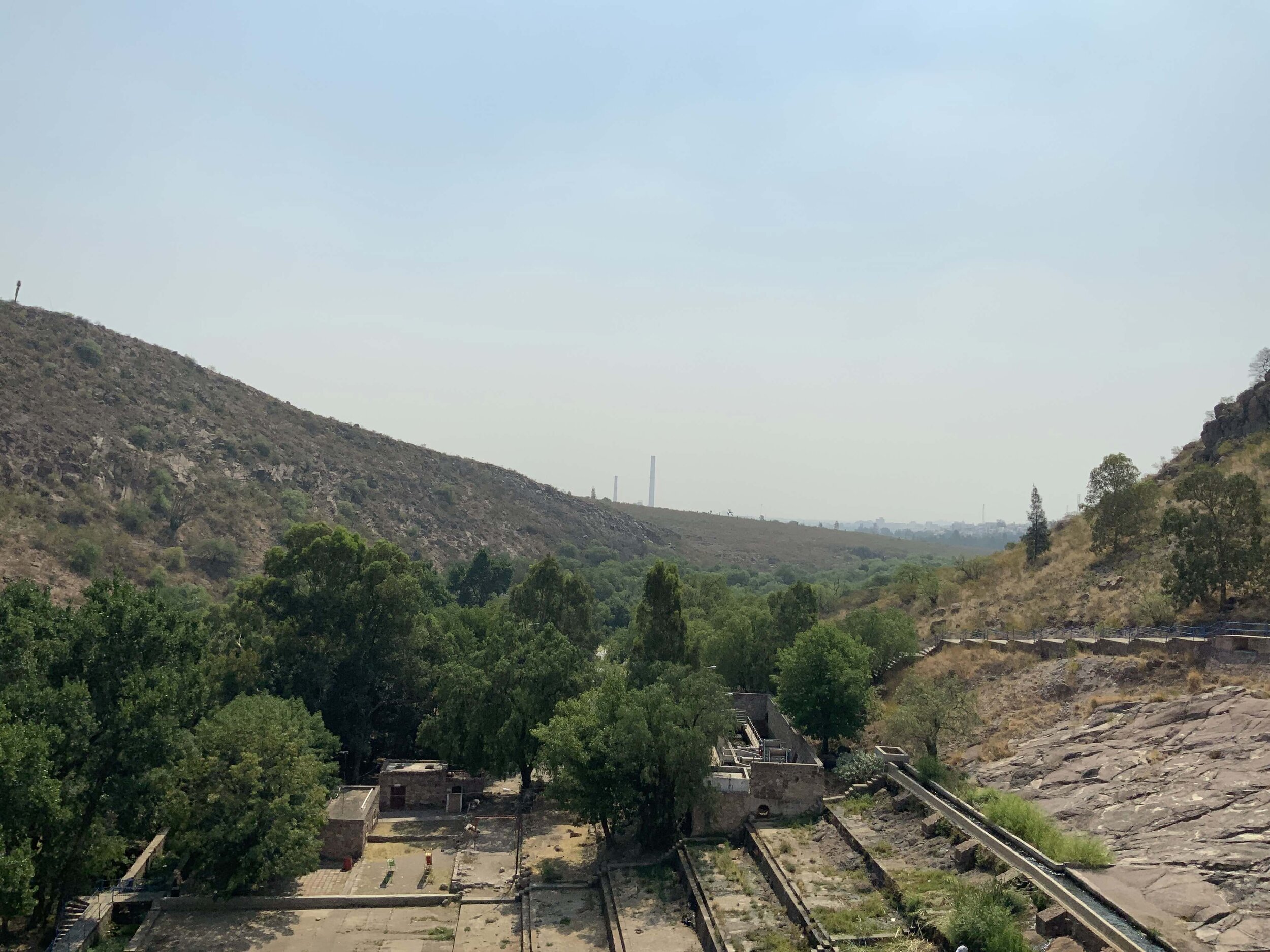


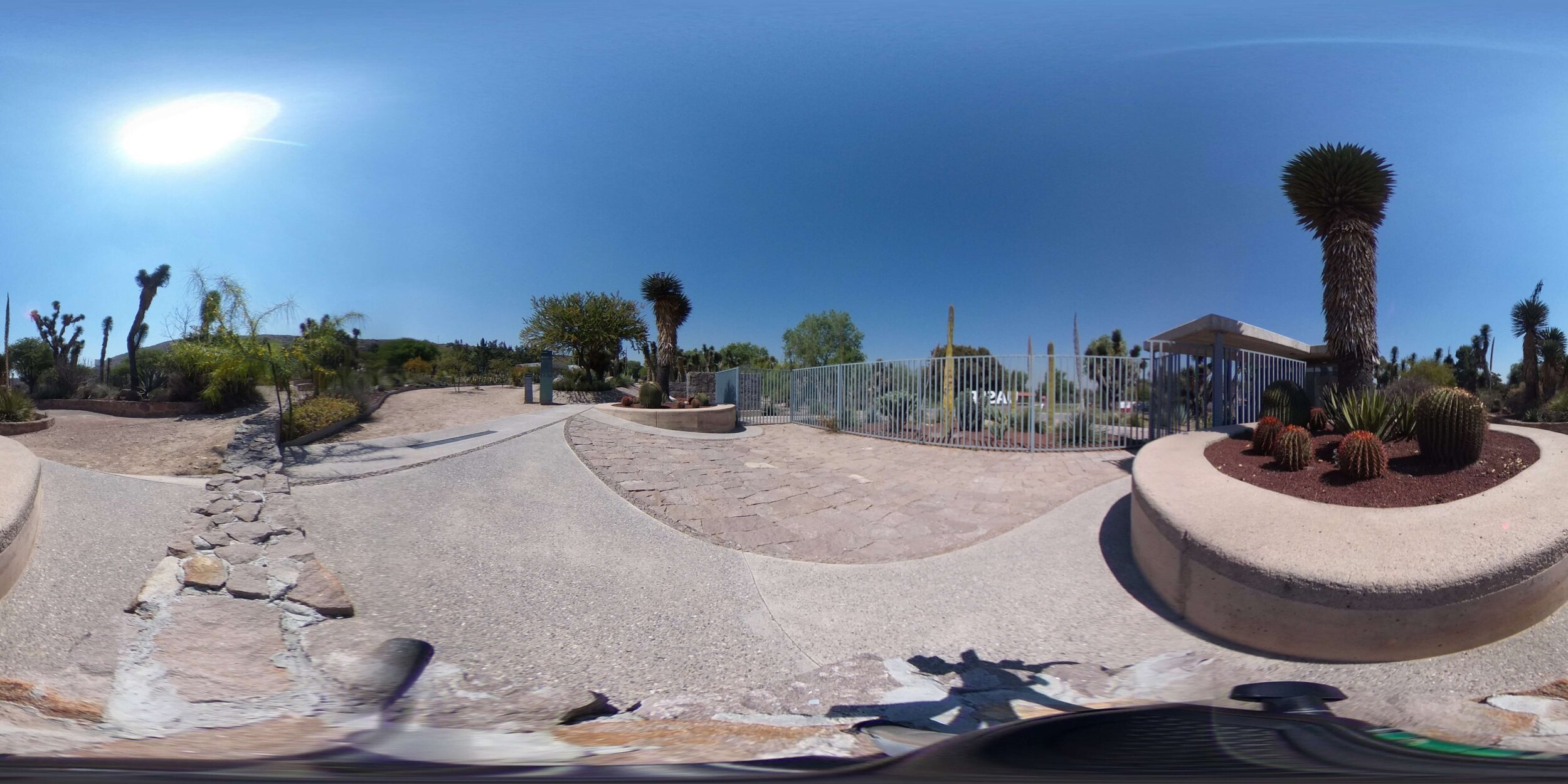
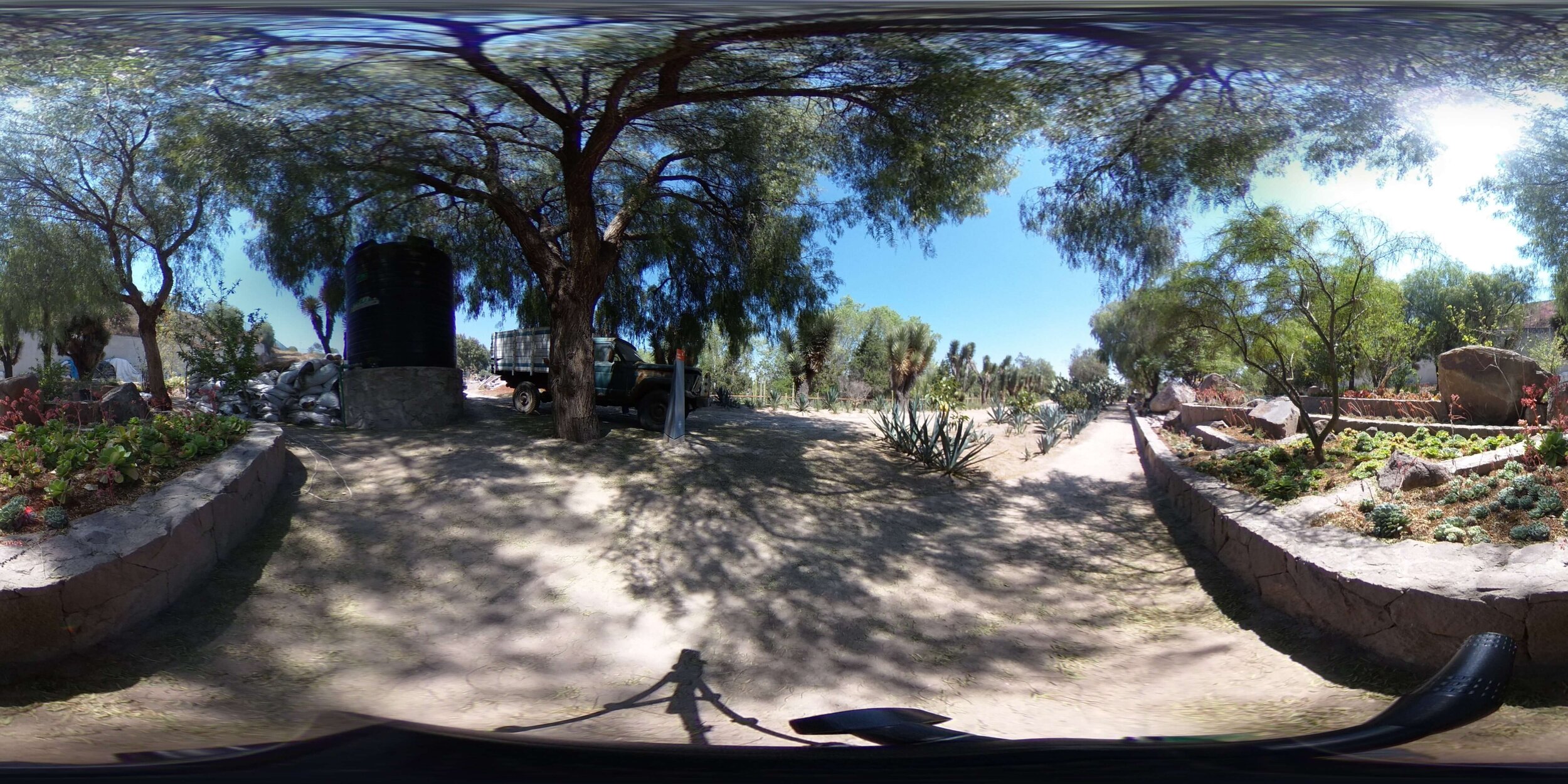
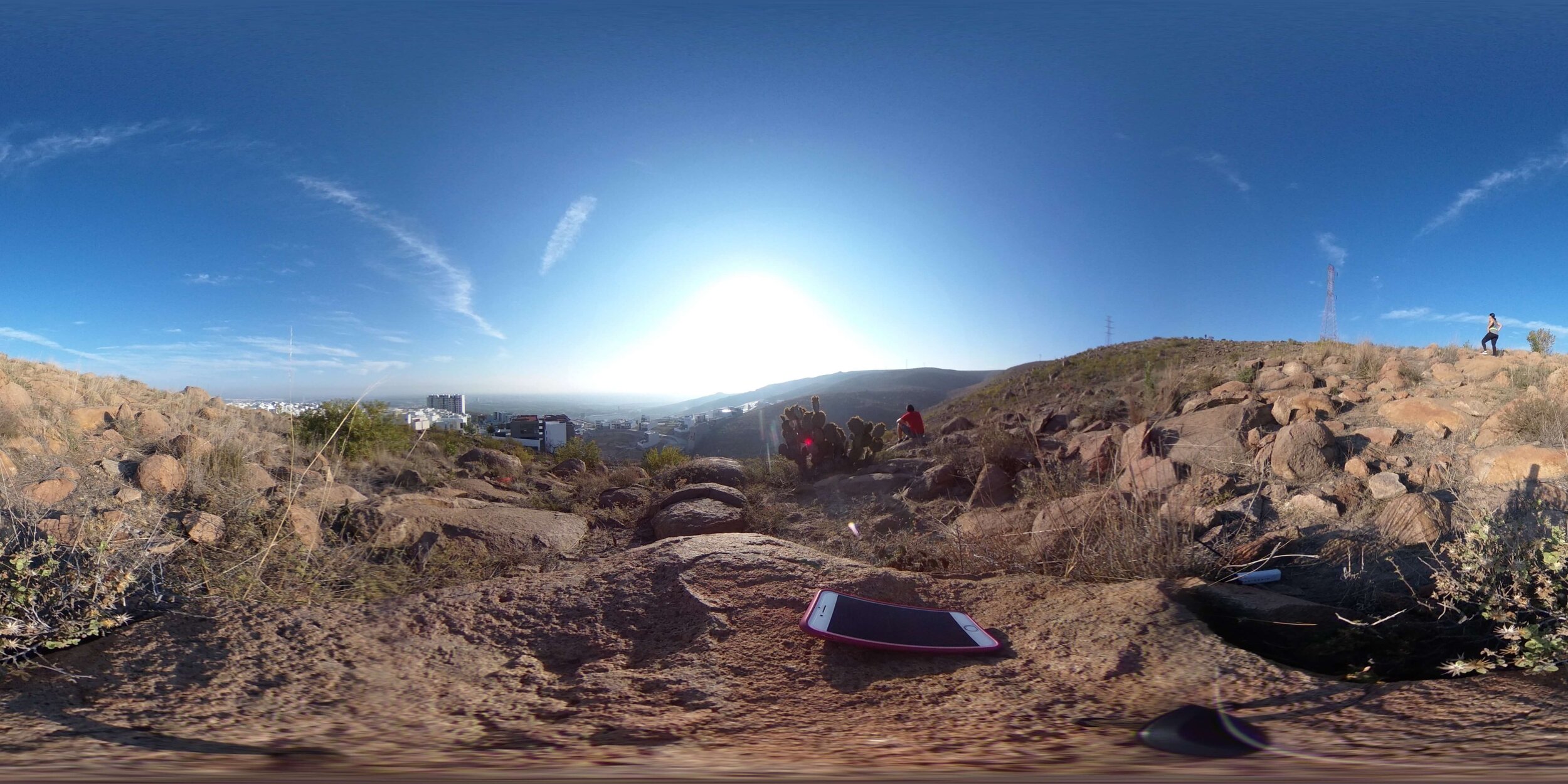
)